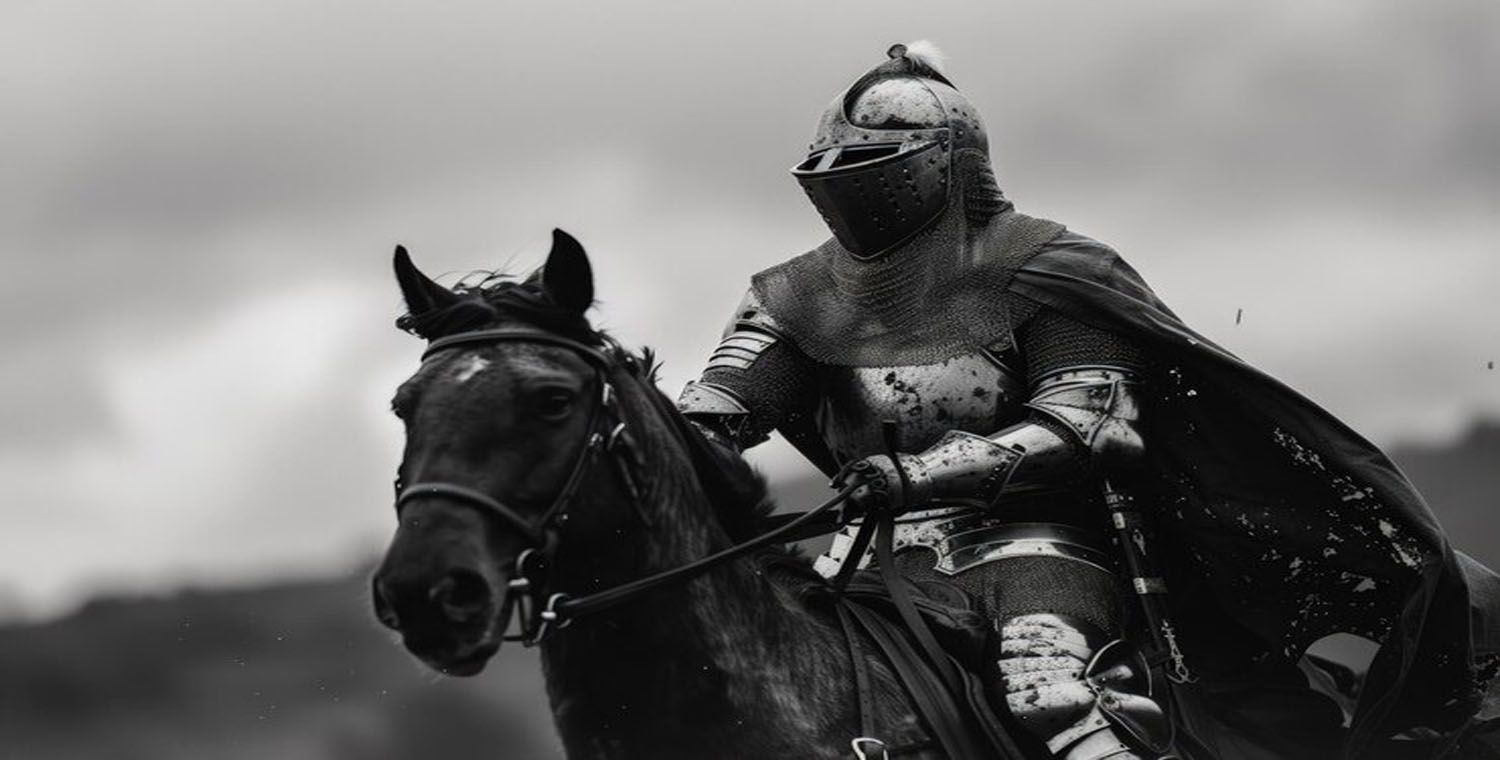Adolf Hitler, a figure synonymous with tyranny and devastation, has often been portrayed in various ways throughout history. While he is primarily remembered for his role as the dictator of Nazi Germany, some interpretations have likened him to a knight—an emblem of chivalry and valor. This article explores the complex and often contradictory narratives surrounding Hitler as a knight, examining both the historical context and the cultural implications of such a characterization.
The Chivalric Ideal: A Brief Overview

To understand the idea of Hitler as a knight, we first need to explore the concept of knighthood itself. The medieval knight was often seen as a paragon of virtue, loyalty, and bravery, bound by a code of chivalry that emphasized honor, protection of the weak, and service to a lord. These ideals have been romanticized in literature and folklore, creating a lasting image of knighthood that persists to this day.
In the context of the early 20th century, especially in Germany, there was a revival of interest in these chivalric ideals. This was partly a response to the social upheavals of the time, including the aftermath of World War I and the Treaty of Versailles, which left many Germans feeling humiliated and betrayed. The notion of a strong leader embodying the virtues of a knight appealed to a populace yearning for stability and national pride.
Hitler’s Self-Presentation
Hitler was adept at manipulating his public image, often drawing upon various historical and cultural symbols to position himself as a savior of the German people. He constructed a narrative that painted him as a heroic figure, fighting against perceived enemies both internal and external. This self-stylization bore some resemblance to the knightly archetype, where a leader is seen as a champion of their people.
In his speeches and writings, Hitler frequently invoked notions of struggle, sacrifice, and loyalty—qualities often associated with knighthood. His belief in a strong, unified Germany resonated with the romanticized ideals of medieval warriors. However, it is essential to recognize that Hitler’s actions were far removed from the noble ideals of chivalry. His policies were marked by brutality, oppression, and an utter disregard for human life, starkly contrasting with the compassionate tenets of knighthood.
The Knightly Mythos in Nazi Propaganda
The Nazi regime skillfully utilized propaganda to craft a narrative that intertwined notions of heroism and knighthood with their political agenda. The idealization of the Aryan race often invoked imagery of knights and warriors, reinforcing a sense of superiority and entitlement. Hitler himself was portrayed as a Führer—more than a political leader, he was a messianic figure destined to lead Germany to greatness.
The regime’s propaganda machine created a mythology around the idea of sacrifice for the fatherland, drawing parallels to the knightly duty of defending one’s land and people. This narrative was particularly appealing in the context of a nation that had faced economic collapse and social instability. The glorification of war and the soldier’s role in the Nazi ideology echoed the valorization of knights in medieval tales.
The Reality of Hitler’s Actions
While the image of Hitler as a knight may have been cultivated for propaganda purposes, the reality of his actions paints a vastly different picture. The atrocities committed under his regime stand in stark contrast to the ideals of chivalry. The systematic extermination of millions during the Holocaust, the aggressive expansionism that led to World War II, and the oppressive policies against dissent reveal a leader who was anything but honorable.
In historical accounts, Hitler’s strategic decisions often lacked the ethical considerations that would be expected from a knightly figure. His pursuit of power was marked by manipulation, deceit, and a ruthless willingness to sacrifice countless lives for his vision of a Greater Germany. The ideals of chivalry, which emphasize justice and protection, were completely absent in his governance.
The Knight as a Symbol of Resistance
Interestingly, the concept of a knight has also been utilized by those who resisted Hitler and the Nazi regime. Many resistance fighters and dissidents saw themselves as modern-day knights, battling against tyranny and oppression. This characterization served as a rallying cry for those who opposed the totalitarian state, highlighting the stark contrast between their noble cause and Hitler’s malevolence.
In this context, the image of the knight becomes a symbol of hope and bravery in the face of overwhelming odds. It serves as a reminder that true chivalry lies not in the wielding of power but in the defense of justice and humanity. The juxtaposition of Hitler as a knight with the actual knights of the resistance illustrates the complexities of symbolism and morality during this tumultuous period in history.
Cultural Reflections and Legacy
The legacy of Hitler’s regime continues to influence cultural discourse surrounding the concept of knighthood. In contemporary discussions, the idea of a knight is often invoked in contexts of heroism, valor, and moral integrity. The association of these qualities with historical figures like Hitler complicates the narrative and challenges us to reflect on the deeper meanings of honor and duty.
The romanticization of knights in modern media, from films to literature, often overlooks the darker aspects of historical chivalry. As we consider figures like Hitler in this light, it becomes crucial to separate the ideal from the reality. The knight as a symbol should serve as a reminder of the values we aspire to uphold, rather than a glorification of those who wield power for destructive ends.
Conclusion
The portrayal of Hitler as a knight reveals the complexities of historical narrative and the malleability of symbols. While the image of a chivalrous leader may have appealed to a war-torn nation yearning for strength and unity, the reality of Hitler’s actions stands in stark contradiction to the virtues associated with knighthood.
More Read:
